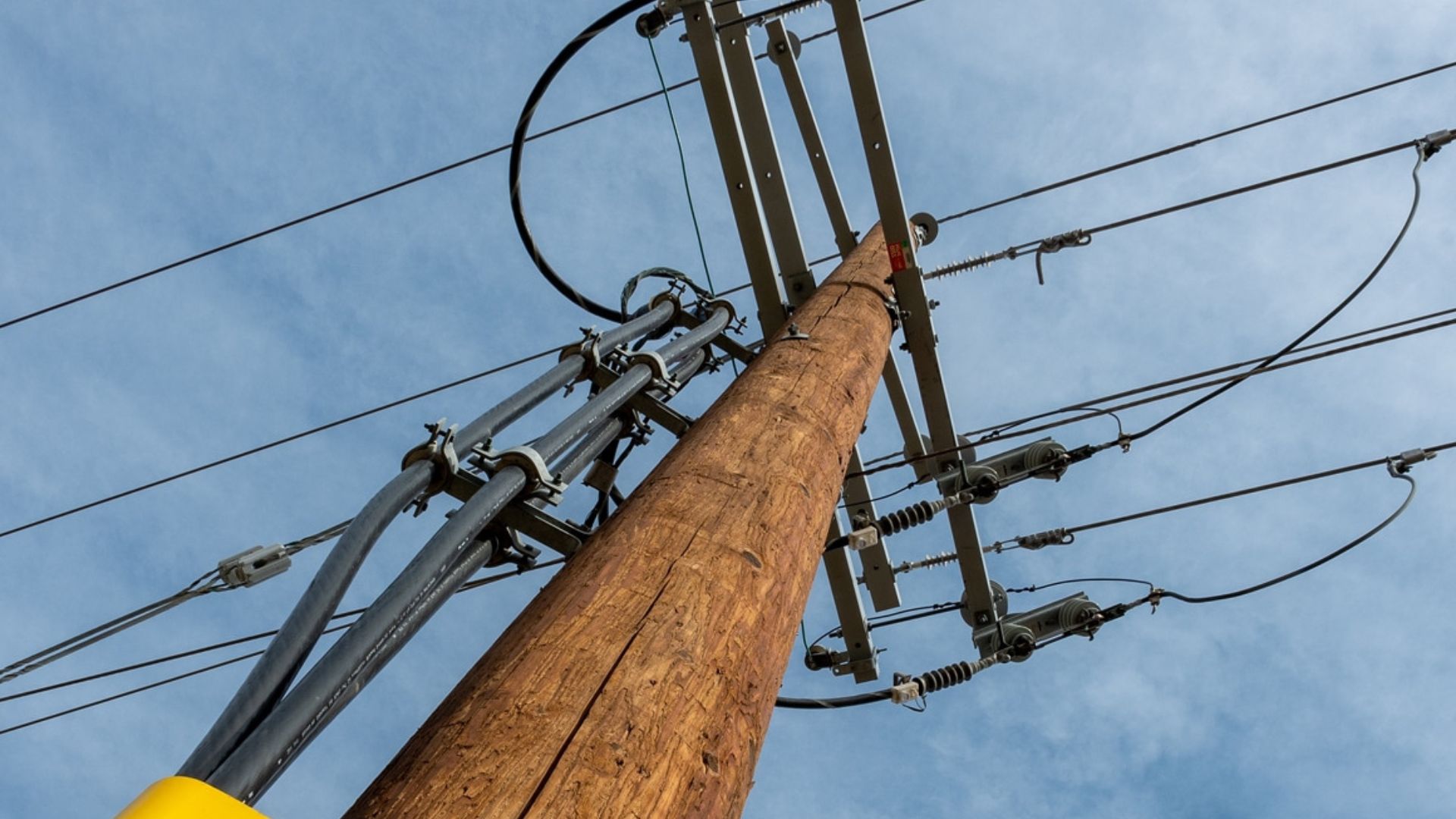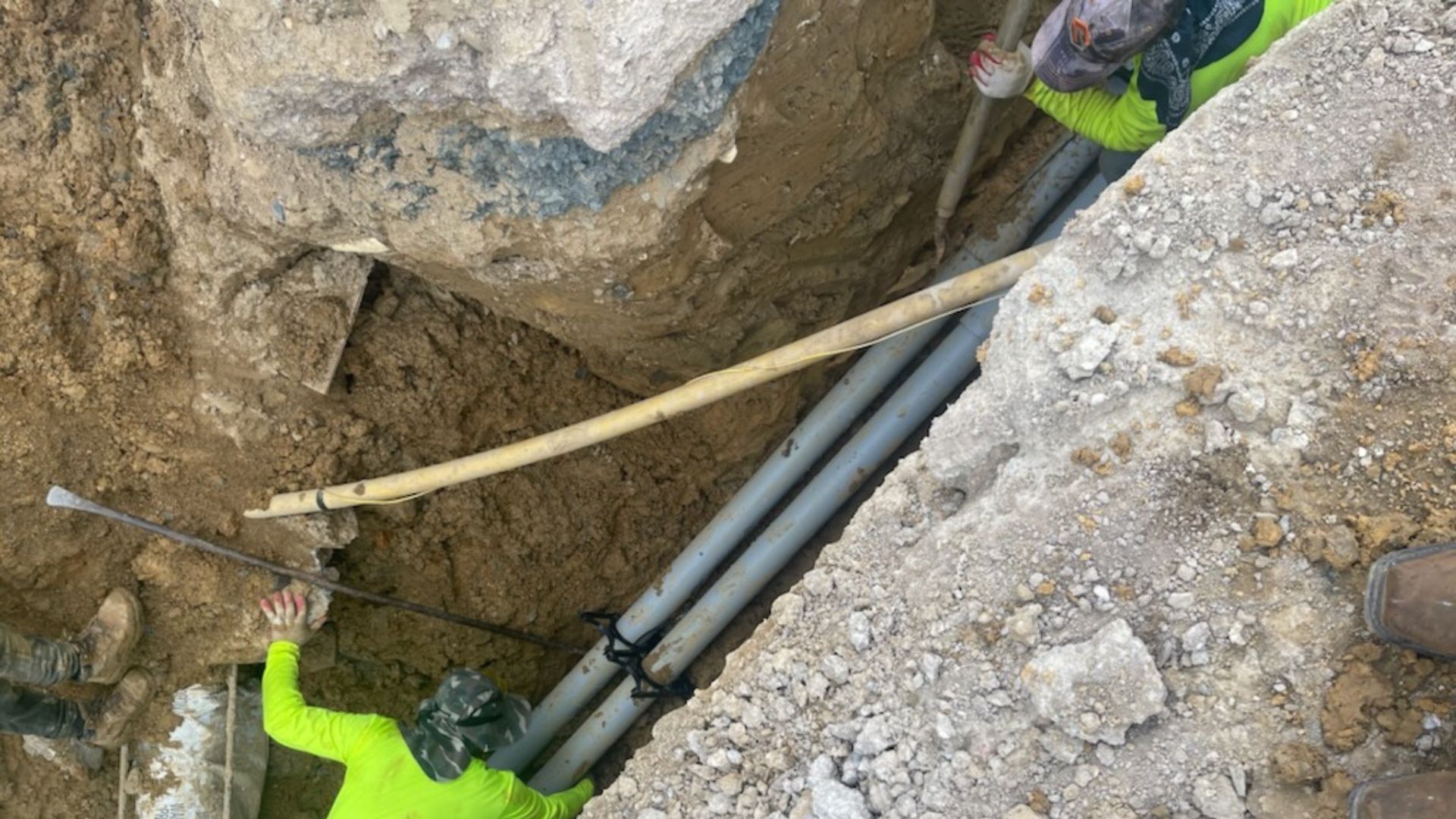Ever looked at a power pole and wondered how electricity actually makes it into your home? For most Australians, it’s a detail that often goes unnoticed—until you’re building, renovating, or upgrading infrastructure. That’s when choosing between overhead and underground consumer mains becomes a serious decision.
At Enersol, our Residential Electrician Gold Coast - This guide is here to help homeowners, builders, and developers understand what these options mean, why the choice matters, and how to make the right call based on your property type, location, and budget.
So, what are consumer mains exactly? Learn more about residential wiring guide. And how do overhead and underground systems stack up?
What Are Overhead Consumer Mains?
Overhead consumer mains are the visible cables that run from the street power pole to your home, typically strung above ground between poles. They carry electricity from the main grid to your property and are commonly seen in rural and some older suburban areas.
These systems use poles, crossarms, insulated cabling, and sometimes aerial bundled cables to deliver power safely. They’re popular because they’re generally more affordable to install and make access for maintenance easier when issues arise.

Installation is relatively quick, requiring fewer man-hours and less disruption to the surrounding environment. They’re a common sight across Australia’s countryside, where homes are spread out and properties cover large areas. It’s much easier and cheaper to string a cable than dig kilometres of trench.
However, they’re not without drawbacks. Visually, overhead mains can clutter your property’s skyline. They’re also more exposed to the elements, making them vulnerable during storms and high winds.
Fallen trees, flying debris, or salt corrosion in coastal regions can damage lines. Despite this, their practical advantages still make them a viable choice, especially for large properties or locations where trenching isn’t feasible.
What is Underground Consumer Mains?
Underground consumer mains do exactly what the name suggests: they run below the surface. Electricity travels via cables placed in conduits and trenches, leading from the main network to your property discreetly and safely.
This option is increasingly popular in urban areas, new residential developments, and strata complexes where visual appeal is a priority. With no exposed wires, underground systems are better protected from wind, rain, and falling branches.
They also reduce the chance of accidental contact, making them ideal in places with heavy foot traffic or pets and kids playing nearby.

The installation process is more involved. It requires digging trenches, laying conduit, pulling cables through, and carefully backfilling the area to avoid damaging infrastructure.
That adds to both time and cost. However, the system is out of sight and largely out of mind, requiring less frequent repairs due to its protection from the elements.
On the flip side, underground mains can be more expensive to install upfront due to the trenching and cabling required. Repairs, if needed, may also be trickier to carry out.
You can’t spot the problem from the ground, and accessing it means digging—sometimes through driveways or landscaped areas. Still, their long-term durability and minimal impact on street appeal often justify the investment, particularly in high-density areas or where local council regulations favour this method.
Comparative Analysis: Key Differences
Installation Cost
Overhead mains are usually more budget-friendly upfront. You’re paying for poles and cabling, but avoiding excavation. The overall labour is lighter and faster. Underground mains, by contrast, involve trenching, conduits, and sometimes additional permits, increasing the initial cost. They also often require coordination with multiple trades.
Maintenance
Overhead systems are easier to access, making repairs faster and potentially cheaper. Crews can identify and resolve faults without needing to dig. Underground setups may require more effort to diagnose and fix faults, especially if excavation is needed. However, faults happen less frequently.
Weather Resistance
Overhead wires are more exposed to storms, lightning, and strong winds, raising the risk of outages or physical damage. Underground systems are sheltered, offering better reliability in extreme weather. They are particularly suitable for cyclone-prone regions or areas that see seasonal flooding.
Safety Risks
Both systems are safe when properly installed, but overhead mains may pose higher risks in bushfire-prone zones due to the potential for arcing or vegetation contact. Underground cables reduce the chance of fire-related incidents and are out of reach from accidental contact or vandalism.
Visual Impact
Overhead lines can interrupt the aesthetic of a modern home or tidy streetscape. Some homeowners or councils consider them unsightly. Underground mains preserve the visual appeal of a property, keeping all wiring hidden and creating a clean look, especially in high-end developments.
Suitability
Overhead is ideal for rural, remote, or large blocks. They’re quicker to implement when there’s lots of open space. Underground suits urban settings, strata properties, and those focused on future-proofing or improving street presentation. They’re also useful when adding solar battery storage or electric vehicle infrastructure, as cables can be routed under existing surfaces.
Regulatory and Compliance Factors in Australia
All electrical installations, including consumer mains, must comply with the Australian/New Zealand Wiring Rules (AS/NZS 3000). Depending on your location, local councils or utility providers may have additional rules about how mains should be installed. These regulations exist to ensure public safety and protect infrastructure.
New developments often lean towards underground systems due to safety and compliance benefits. Underground installation may also be a condition in certain zoning or subdivision approvals.
In bushfire-prone areas, extra guidelines apply, especially regarding overhead cables—such as clearance zones and insulation types.
Always check with a licensed electrician and consult your local authority before proceeding. Non-compliant installations may result in delays, penalties, or the need to rework infrastructure.
Choosing the Right Option for Your Property
Ask yourself a few simple questions: Are you building in an urban or rural area? Is this a new home or a renovation? Do you prioritise aesthetics or easy maintenance?
Overhead mains may make more sense for a countryside build where access is key and visual impact is less of a concern. They’re ideal for long cable runs and where digging is restricted by terrain or vegetation.
Underground systems are often better for city lots, especially where property value or safety in high-traffic areas is a consideration.

Also think long-term: Underground mains offer better protection from the elements and add to modern appeal. They’re also compatible with future smart home upgrades and can be integrated into landscaping plans without disrupting the visual design.
Still unsure? Speak to an electrician. A tailored assessment of your location, budget, and goals will point you in the right direction. It’s not a one-size-fits-all situation, and professional advice can help avoid costly missteps.
Let’s Talk Power: Speak to the Experts at Enersol Electrical
Choosing between overhead and underground mains isn’t just about cables—it’s about safety, appearance, and long-term value. Every property is different, and making the wrong call could mean unexpected costs or future limitations.
At Enersol Electrical, we help homeowners, builders, and developers understand their options clearly. With years of experience installing overhead consumer mains across a wide range of properties, we know what works and what doesn’t. We’ll guide you through your choices, help you meet all safety and compliance standards, and ensure your setup is built to last.
We take pride in delivering friendly, reliable service backed by genuine expertise. Whether you’re building from the ground up or replacing an older system, our team can help find the safest, most suitable solution for your project. Explore our Residential Electrician Gold Coast to learn more.
Reach out to our team today to talk about your power supply options—we’re ready to help.